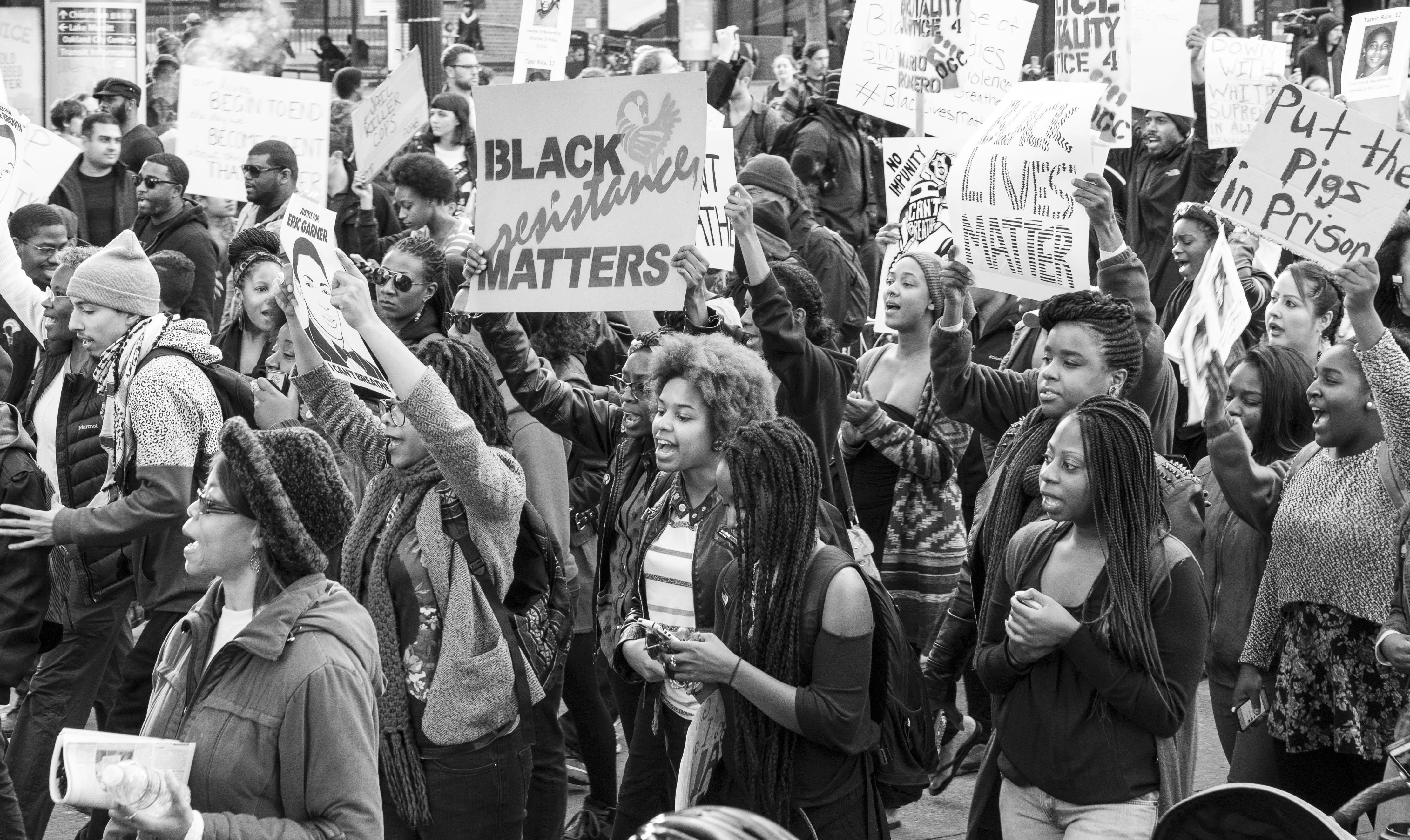
Stories like those out of Ferguson and Baltimore show a double bind for the Black Lives Matter movement. On the one hand, large scale protests draw national attention to important matters of racial injustice and structural police violence. However, media attention to riots leads commentators to criticize “violence” among protestors and discredit their mobilization. One response to these critiques is the argument that violence is political—it is sometimes the only possible way to resist injustice when the traditional political system fails. New research gives us another perspective to chew on: tangible political power for citizens of color may actually reduce the link between race and violence that the media is so quick to criticize.
Research on neighborhood violence often finds a relationship between racial composition and rates of violence—communities with a higher percentage of black residents tend of have higher rates of violence even after we control for structural problems like economic inequality. Vélez, Lyons, and Santoro argue that neighborhood context matters a great deal and can challenge this conclusion. In particular, political opportunities for community members of color offer policy benefits and increased trust in local institutions, and these factors in turn may reduce or even eliminate the relationship between race and violence in a neighborhood.Using data from the National Neighborhood Crime Study and the 2000 Census, the authors measured violent crime (homicides and robberies) in 8,931 census tract neighborhoods in 87 cities. They also measured black political opportunities in terms of elected representatives, workers in civil service positions, civilian police review boards, and liberal voting bases, and black political mobilization through the presence of citywide minority advocacy organizations and histories of riots and nonviolent protests. Finally, they controlled for city-level factors like the number of manufacturing jobs, racial segregation, and residential mobility.
With a method called hierarchical generalized linear modeling, the authors test the relationship between neighborhood racial composition and neighborhood violence across census tracts clustered in cities. When they introduce the controls for city-level disadvantage, the relationship between race and violence drops substantially, suggesting that it does not hold true across different locations. Finally, they find that in cities with more black political opportunities and more past mobilization through protests and riots the relationship between race and violence disappears.
This last finding is especially important for two reasons. First, it is a myth buster; the authors argue “these results challenge pervasive cultural stereotypes that trace black neighborhoods inevitably to violence” (110). Second, the finding shows us the benefits of political engagement and symbolic inclusion in neighborhood life—when communities have opportunities to organize, mobilize, protest, and ultimately secure power, certain social forces that may increase neighborhood violence disappear.

Comments 1
Political Power and Protest Can Undermine Crime | Welcome to the Doctor's Office — June 25, 2015
[…] by Maria B. Velez, Christopher J. Lyons, and Wayne A. Santoro from The Society Pages […]